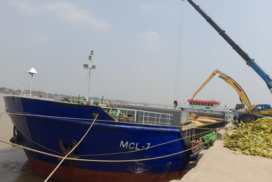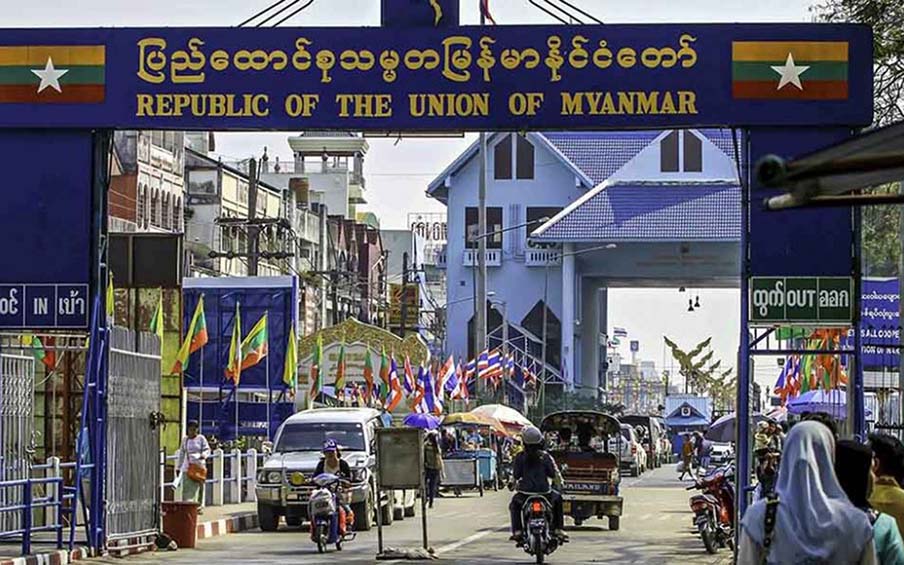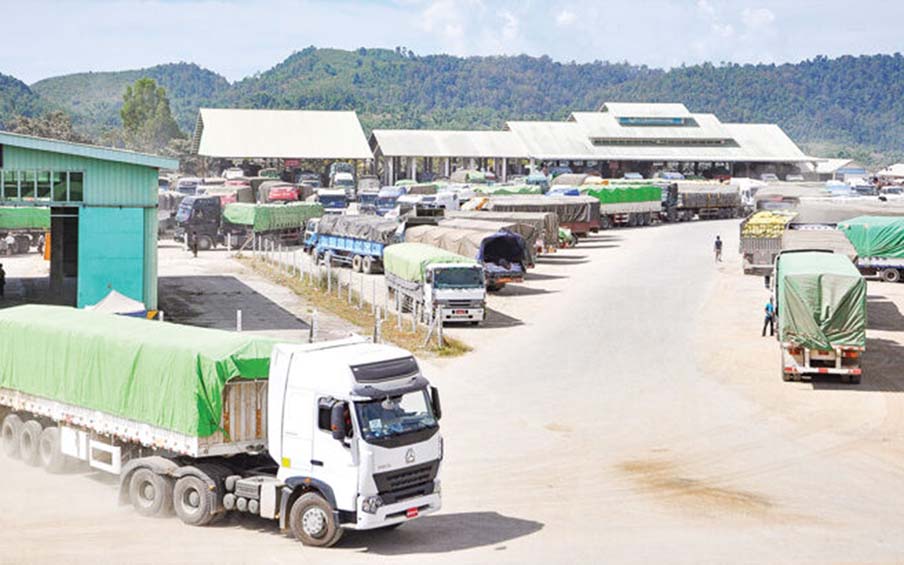According to statistics released by the Ministry of Commerce, Myanmar conveyed US$830.6 million worth of over 1.09 million tonnes of pulses and beans to foreign trade partners in the past six-month mini-budget period (October 2021-March 2022).
Between 1 October 2021 and 31 March 2022, the country shipped over $780 million worth 1.08 million tonnes of pulses and beans to foreign markets through the sea route, and $50.46 million valued at 61,895 tonnes were sent to the neighbouring countries through the land border.
India is the leading buyer of Myanmar beans, especially black beans, green grams and pigeon peas. Besides India, Myanmar’s beans are purchased by Bangladesh, Pakistan, Nepal, UAE, Malaysia, Indonesia, China (Taipei), Japan, and European countries. But, the volume of demand by those countries is small, according to the domestic beans market.
India extended relaxations of conditions regarding clearance consignment for black gram (urad called in India) and pigeon peas until 31 March 2023.
Additionally, all the foreign currency earned by locals has to be exchanged for local currency at the Central Bank of Myanmar’s reference rate of K1,850 by opening the accounts at the authorized dealers in the country within one working day, stated the CBM in its notification released on 3 April.
Following the policy changes, the prices dip in the pre-Thingyan period. At present, despite the Thingyan holidays, the demand is more robust, and the price regained from K1,450,000 to K1,510,000 per tonne of black gram and from K1,370,000 to K1,410,000 per tonne of pigeon peas.
The prices of beans are positively related to the exchange rate. In September 2021, the bean price reached an exorbitant high, tracking the Kyat weakening in the local forex market. The price of black gram hit an all-time high of K2 million per tonne on 29 September 2021, following Kyat weakening against the US dollar (K3,000) in the local forex market.
More than two million tonnes of various pulses and beans were delivered to foreign markets in the previous financial year 2020-2021 (October-September), with an estimated value of US$1.57 billion, the Commerce Ministry’s data indicated.
Currently, the demand for green gram slips due to border trade restrictions amid the COVID-19, with an estimated value of around K125,000 per three-basket bag.
Myanmar’s agriculture sector is the backbone of the country’s economy, and it contributes to over 30 per cent of the Gross Domestic Product. The country primarily cultivates paddy, corn, cotton, sugarcane, various pulses and beans. Its second-largest production is the pulses and beans, counting for 33 per cent of agro products and covering 20 per cent of growing acres.
Among them, black beans, pigeon peas and green grams constitute 72 per cent of bean acreage. Other beans, including peanut, chickpea, soybean, black-eyed beans, butter bean and rice beans, are also grown in the country. — KK/GNLM
Myanmar ships over 1 mln tonnes of various pulses in past mini-budget period
- April 14, 2022
- 617














